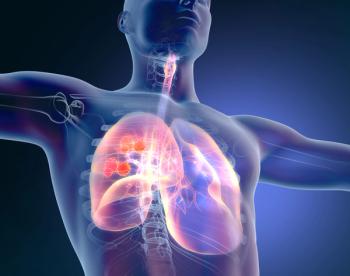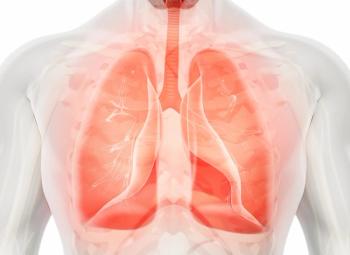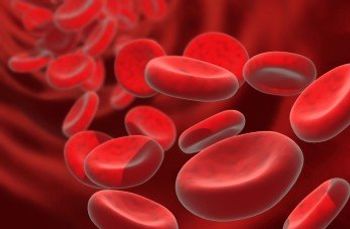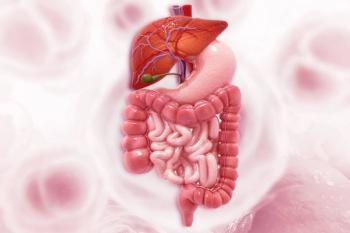
Miami Breast Cancer Conference® Abstracts Supplement
- 42nd Annual Miami Breast Cancer Conference® - Abstracts
- Volume 39
- Issue 4
- Pages: 74-75
13 Preliminary Analysis of Change During Treatment of Financial Toxicity and Quality of Life in Breast Cancer Patients
Background/Significance
Financial toxicity is the burden faced from out-of-pocket costs, which affects quality of life and possibly survival. Maimonides Medical Center serves a diverse population, including patients from marginalized groups who may be vulnerable to financial toxicity. Here, we present a preliminary analysis of change in financial toxicity over the first 6 months of breast cancer treatment.
Materials and Methods
Female breast cancer patients receiving curative-intent treatment at Maimonides Medical Center self-reported financial toxicity and quality of life via the Comprehensive Score for Financial Toxicity (COST) and EORTC Quality of Life Core-30 (QLQ-C30) questionnaires at time of diagnosis (baseline) and after 6 months of treatment. Financial toxicity was measured by mean COST score and the score given on question 28 of QLQ-C30. Overall quality of life was scored via questions 29 to 30 of QLQ-C30, per the official scoring guide. The primary outcome was change in financial toxicity over 6 months. Statistical analysis used univariable linear regression to assess associations between characteristics and changes in financial toxicity.
Results
Twenty-six patients completed questionnaires at both baseline and 6 months. Mean age was 60 years (SD, 11). Twenty patients (76%) identified with minority groups (46% Black, 15% Asian, 15% Hispanic) and 8 (31%) reported a primary language other than English. Seventeen (65%) had private insurance. Twelve patients (47%) reported household income less than $40,000 annually, 11 (42%) $40,000-$100,000, and 3 (11%) greater than $100,000. Twenty-one (81%) patients had stage I (pT1-2N0) breast cancer, with 1 (4%) having ductal carcinoma in situ and 4 (15%) node positive breast cancer.
Mean COST score was 20.5 (SD, 10.5) at baseline and 25 (SD, 10) at 6 months. Mean overall quality of life was 5.2 (SD, 1.3) at baseline and 5.3 (SD, 1.3) at 6 months. Fourteen (54%) patients gave a score of 1 at baseline on Q28 of QLQ-C30, meaning “not at all” experiencing financial toxicity; 16 (62%) did so at 6 months.
Univariable regression did not identify any statistically significant associations between patient characteristics and change in COST over 6 months. We also did not identify any significant predictors of financial toxicity via QLQ-C30 or overall quality of life at 6 months.
Conclusion
This preliminary analysis suggests that financial toxicity did not worsen over the first 6 months of curative-intent breast cancer treatment. This finding may suggest that patients encounter less financial toxicity than expected, possibly due to supports available at Maimonides Medical Center. However, small sample size limits our ability to reach firm conclusions. Further analysis when our study is complete will provide additional insights.
Articles in this issue
Newsletter
Stay up to date on recent advances in the multidisciplinary approach to cancer.






























































































